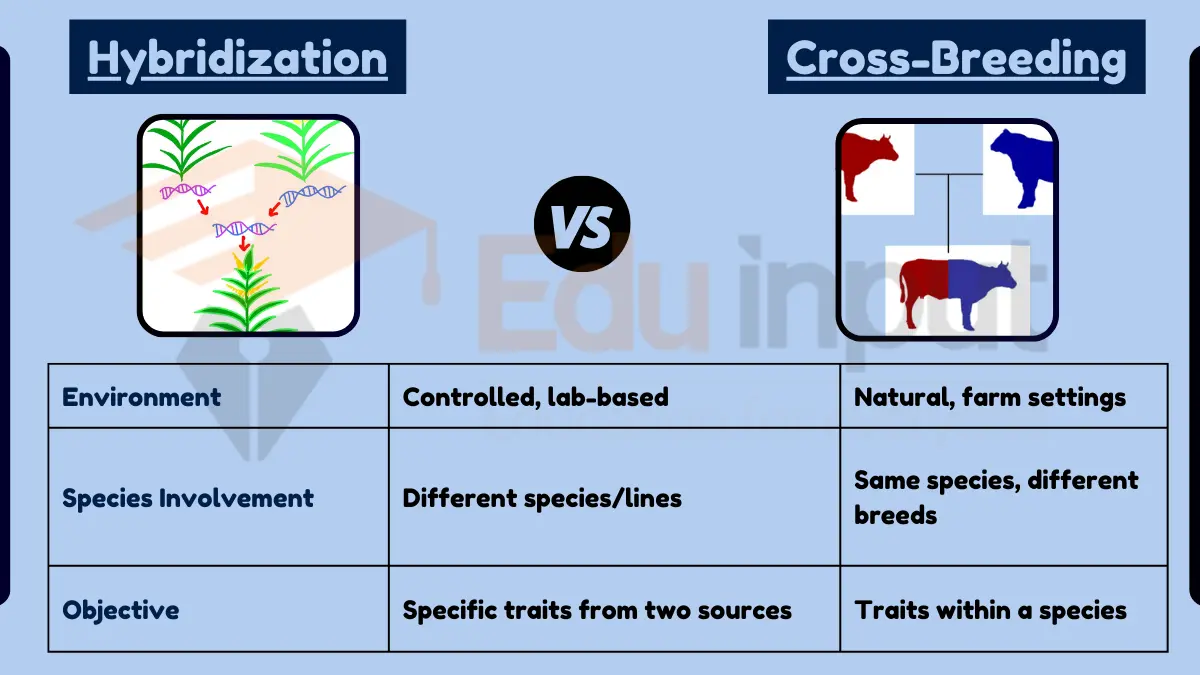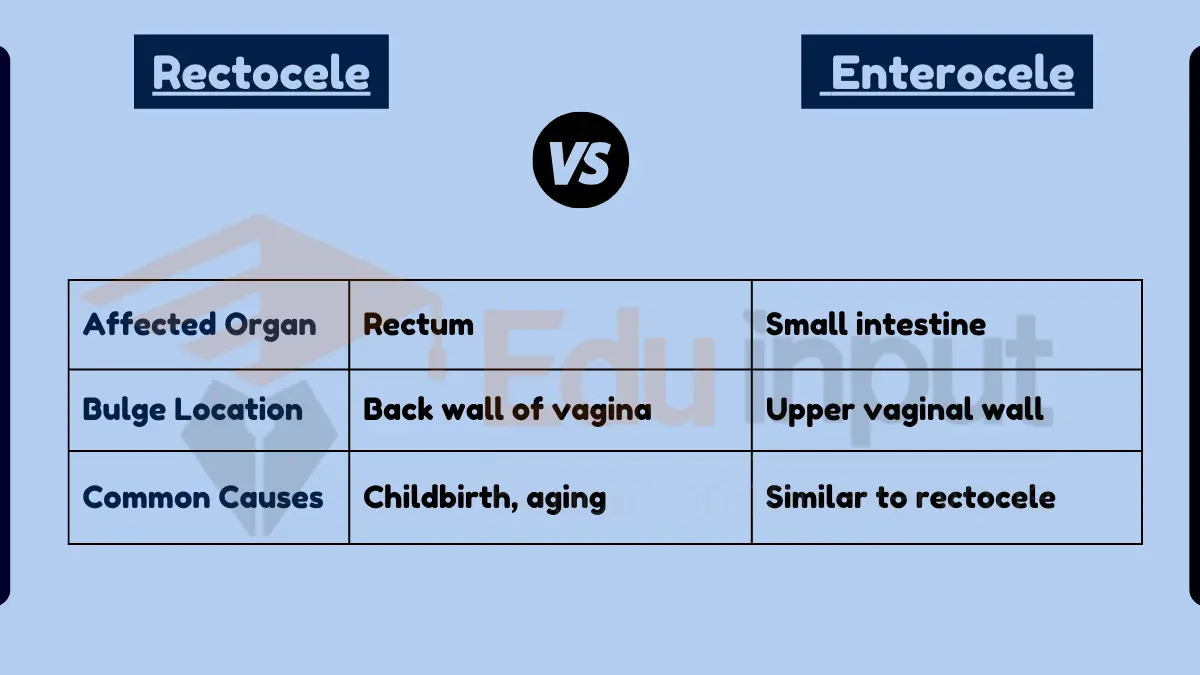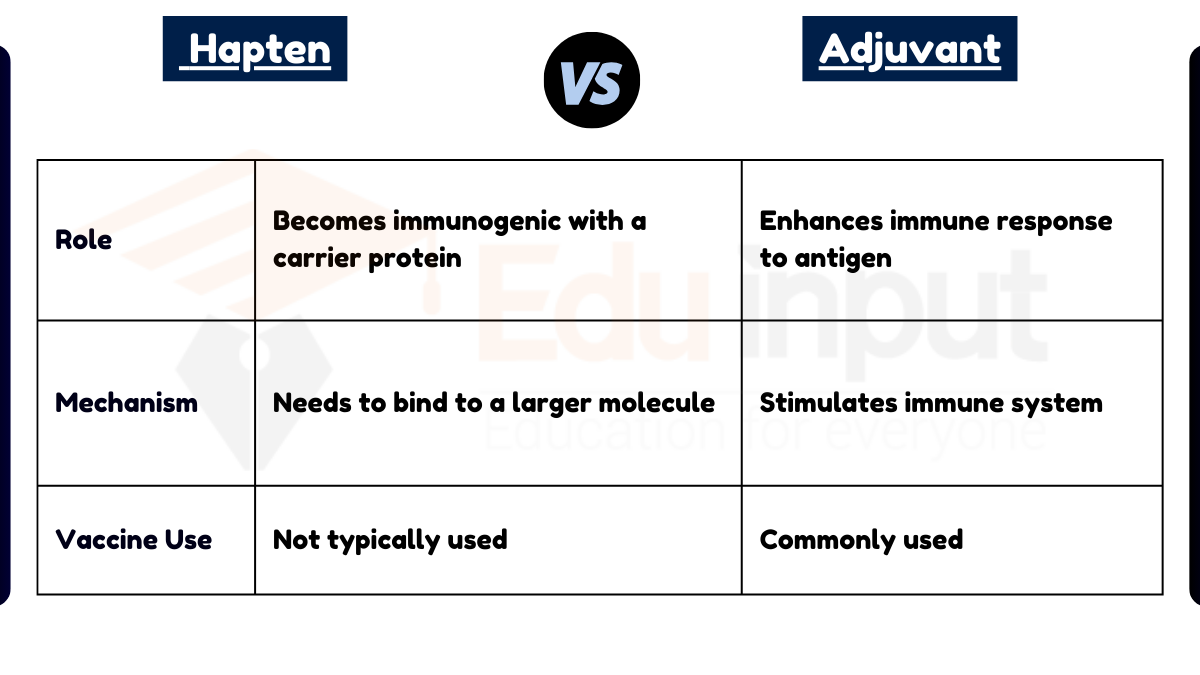Difference Between Bacteria And Algae
Algae is a single-celled organism that thrives in both freshwater and saltwater environments. Algae is a diverse group of organisms. Some species are edible, while others are useful for producing energy, fertilizers, pharmaceuticals, cosmetics, and other products.
Algae is also known as seaweed because of its resemblance to plants found in freshwater environments.
Algae is a renewable resource that can be grown in water bodies such as lakes, rivers, ponds, and even swimming pools. The algae can then be harvested and processed into food or feed.

What are Bacteria?
Bacteria are microscopic organisms that live in all parts of the environment including air, soil, and water. The word ‘bacteria’ comes from the Greek word ‘bakterion’, which means a small box. A bacterial cell is enclosed within a tough outer shell called a membrane. The cell is surrounded by a liquid called the cytoplasm, which contains many molecules of proteins, fats, and carbohydrates.
Bacteria have an essential role in the food chain. They help in decomposing organic matter. Bacteria are mostly found in the soil, water, and plants. In our body, bacteria play an important role in digestion, immunity, and metabolism.

Difference Between Bacteria And Algae
Here are the key differences between bacteria and algae;
| Algae | Bacteria |
| 1. Algae are eukaryotic. The well defined nucleus is present in them. | 1. Bacteria are prokaryotic. Well defined nucleus is absent in them. |
| 2. Membranous bound organelles are present in them. | 2. Membranous bound organelles are absent in them. |
| 3. They may be unicellular to multicellular and form complex bodies. | 3. They are unicellular. |
| 4. Cell wall is composed of cellulose. | 4. Cell wall is composed of peptidoglycan or murine. |
| 5. They are always photosynthetic. They are a major producer in the world. | 10. They may form endospores. |
| 6. They use water as the hydrogen source. They produce oxygen during photosynthesis. | 6. Photosynthetic bacteria use H2S and do not release oxygen during photosynthesis. |
| 7. Their chlorophylls are similar to plants. Many other pigments are also present in them. | 7. Their photosynthetic pigment is bacteriochlorophyll. No other pigment is present in them. |
| 8. Flagella may or may not be present. | 8. Flagella may or may not be present. |
| 9. They divide by mitosis. | 9. They divide by binary fission. |
| 10. Most of the algae form flagellated zoospores. | 10. They may form endospore. |
| 11. True sexual reproduction occurs in them. It occurs by the formation of gametes. | 11. True sexual reproduction is absent in them. Only genetic recombination occurs by conjugation. |

 written by
written by 





Leave a Reply